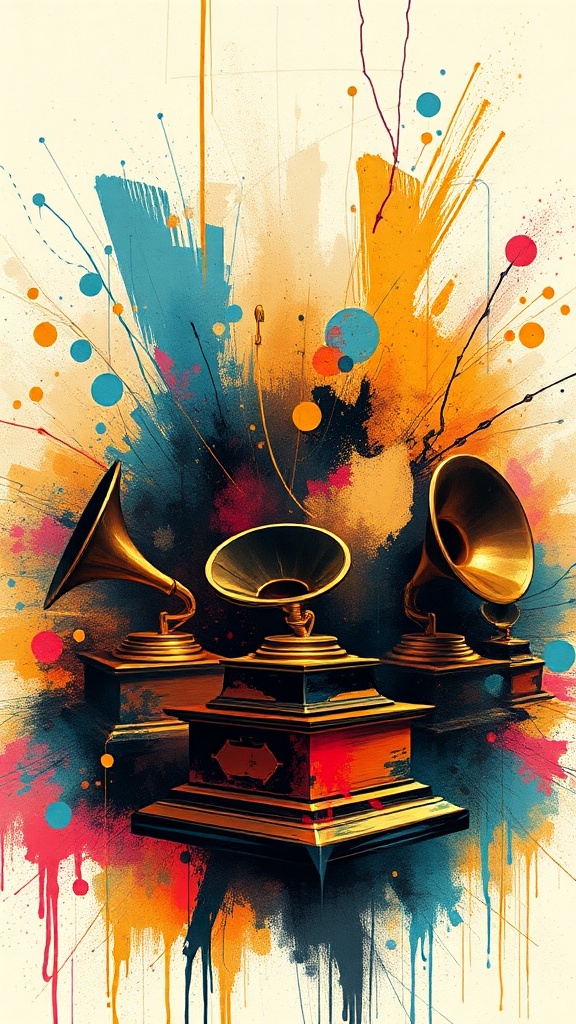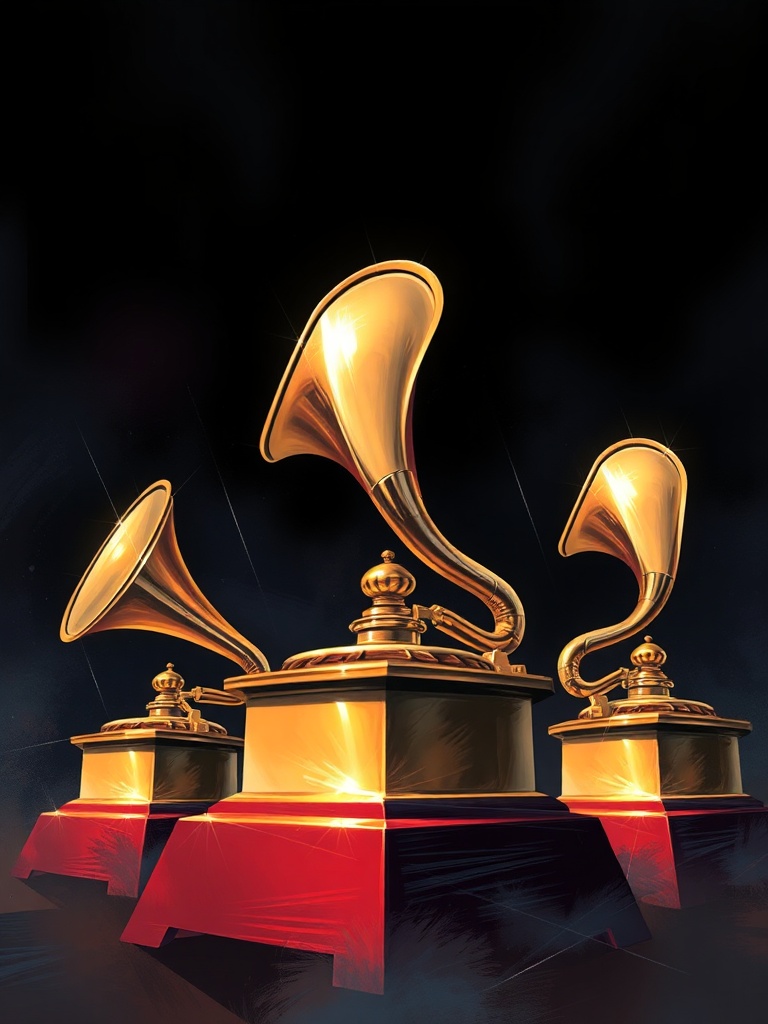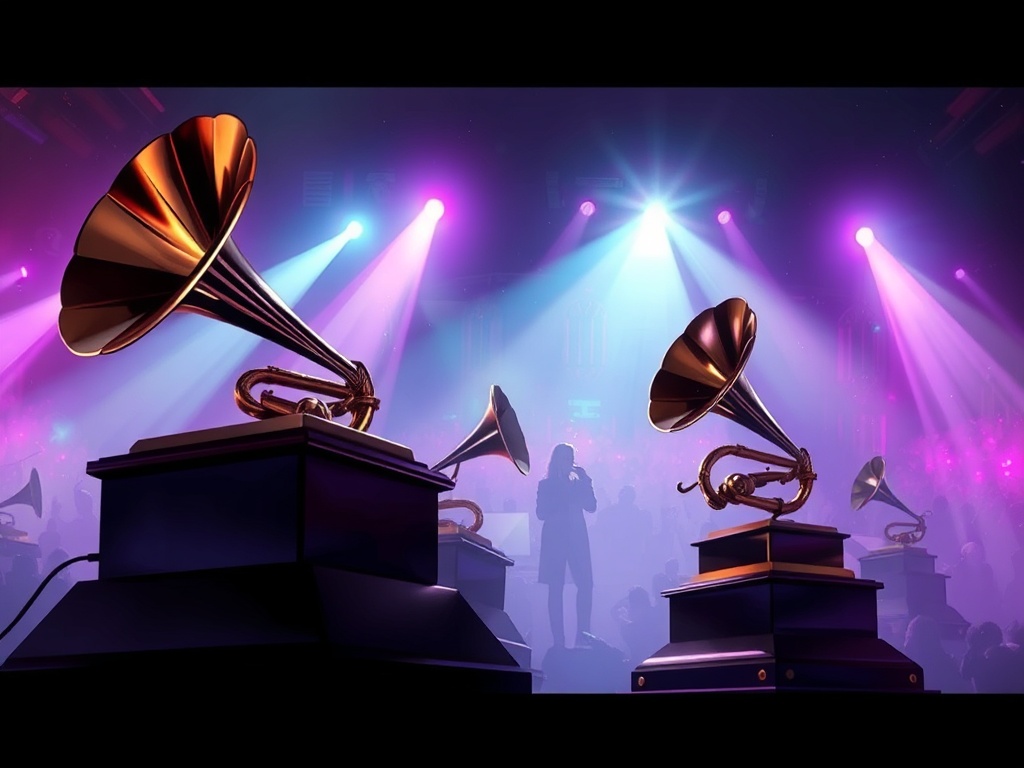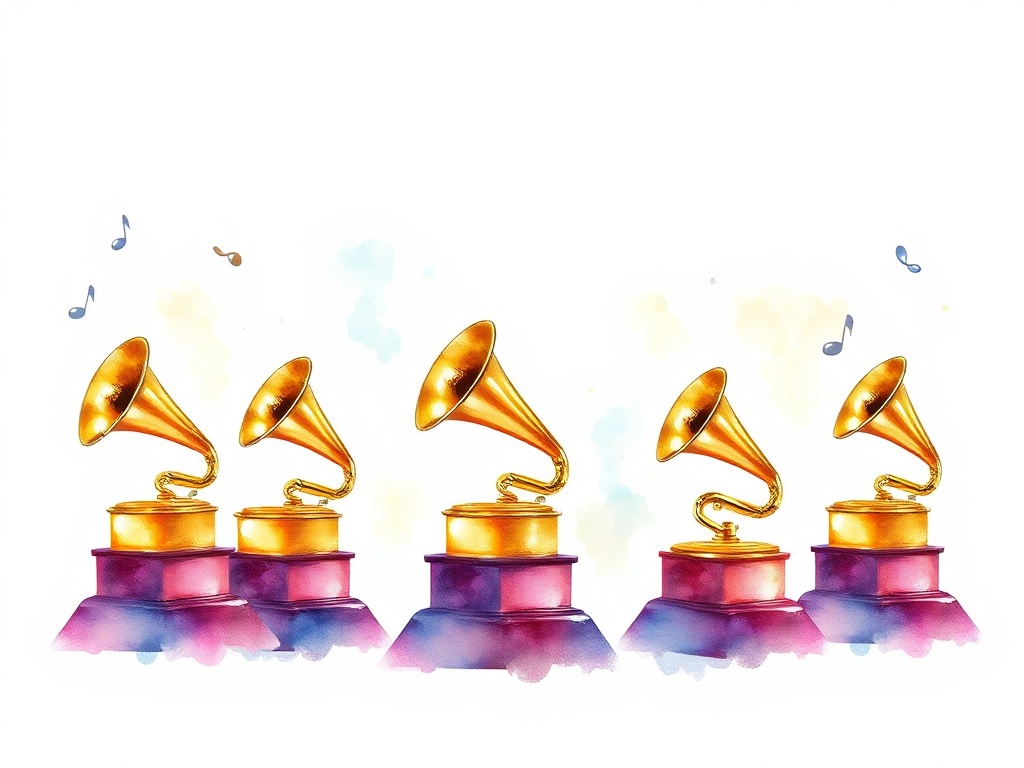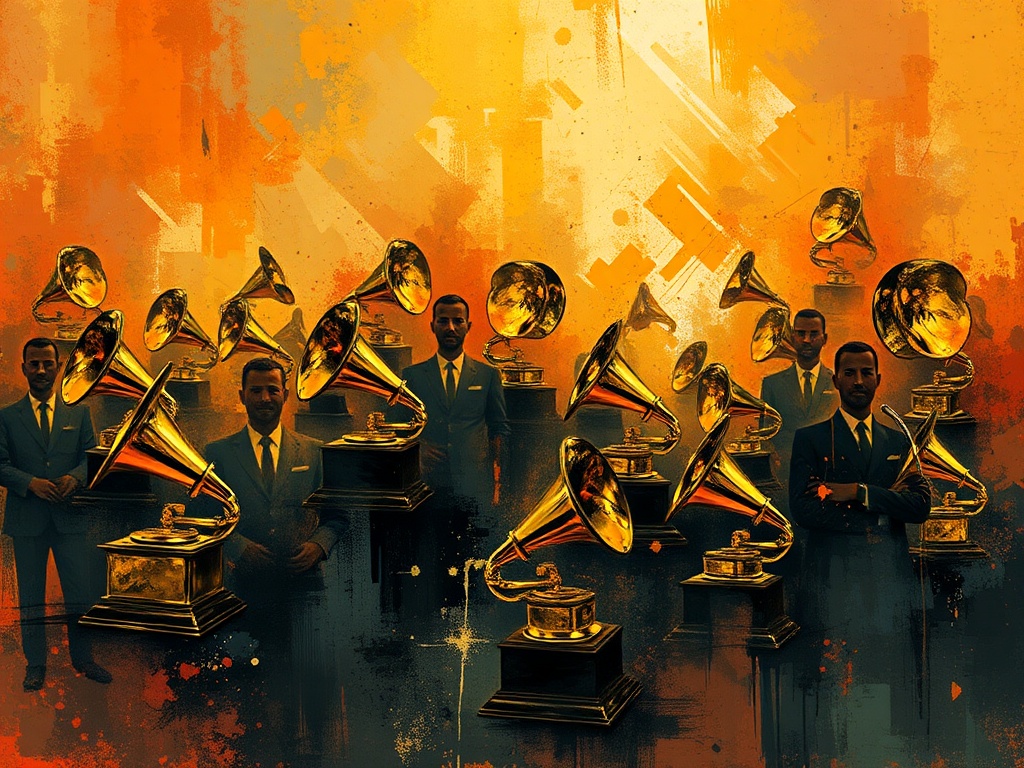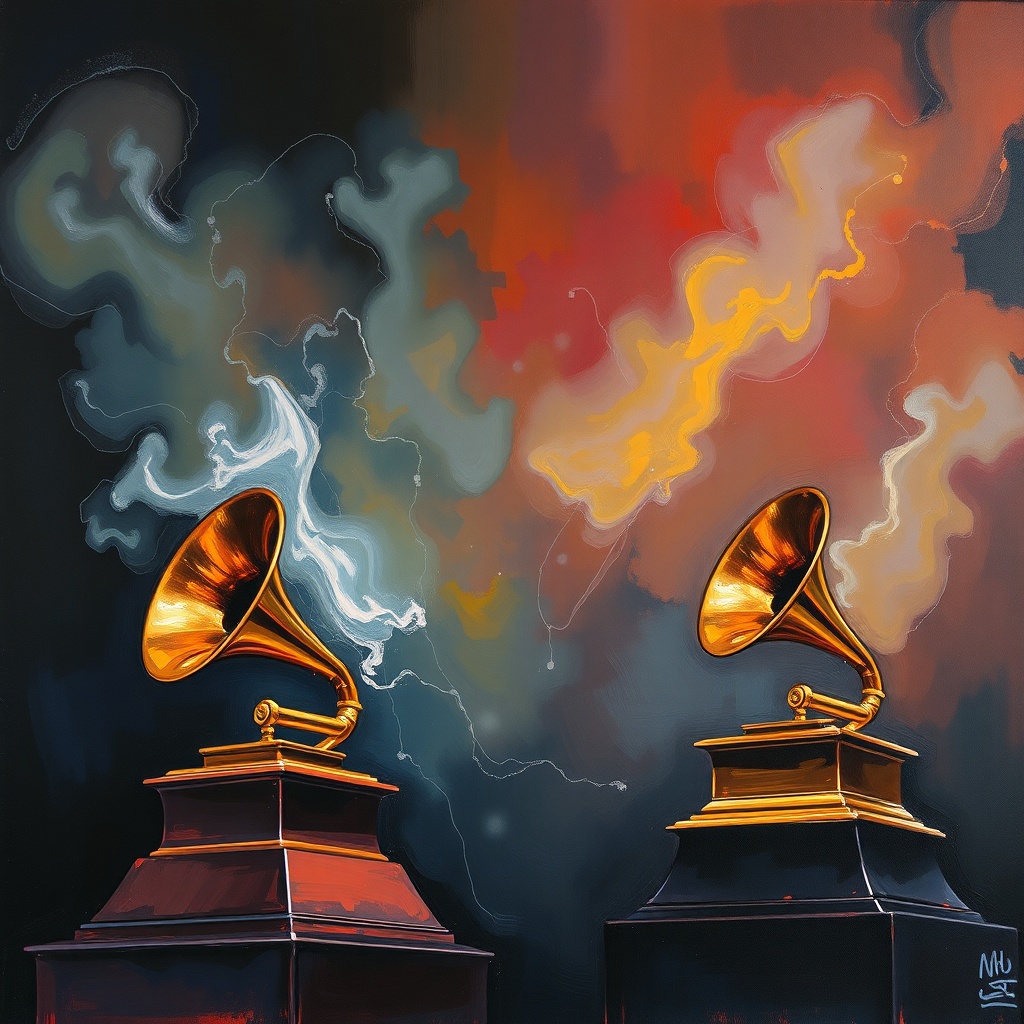The Grammys remain one of the most influential touchpoints in music culture, shaping careers, sparking conversations, and reflecting broader shifts in the industry. While the trophy itself is iconic, what matters most is how the awards respond to changes in music creation, consumption, and community expectations.
Why the Grammys still matter
Recognition from peers and industry professionals can open doors that streaming metrics alone often cannot. A nomination or win raises visibility across playlists, radio, and press, and can translate into higher ticket sales and licensing opportunities.
For emerging artists, recognition in craft categories—like engineering, production, and songwriting—offers a concrete way to stand out beyond chart placement.
How streaming and social platforms have changed the game
Streaming habits reshape what listeners discover and what voters hear. Playlists, algorithmic recommendations, and viral short-form video clips can turn a niche track into a cultural moment overnight.
That amplifies the importance of metadata, timing, and visual content. Artists who pair strong recordings with compelling short-video assets and strategic playlist campaigns tend to build momentum that reaches awards voters and tastemakers.
Genre fluidity and collaborations
Genre lines are increasingly porous. R&B, hip-hop, pop, folk, country, and electronic elements intersect more often, leading to cross-genre collaborations that appeal to diverse audiences and voting blocs. The Grammys have adapted by recognizing hybrid works, which rewards risk-taking artists but also complicates category placement and campaign strategy.

Transparency, diversity, and evolving rules
Calls for greater transparency and inclusivity have led to changes in voting processes and category definitions. Recent policy updates focus on clearer submission guidelines and efforts to ensure a more representative voting body. While these changes aim to mitigate past controversies and broaden recognition, they also require campaigns to be more deliberate about how projects are presented and submitted.
The power of live performances and televised moments
A standout live performance at the awards can become a defining cultural moment. Production, storytelling, and staging are key: voters and viewers remember performances that surprise, move, or break new ground. Artists and creative teams who approach the stage with a cinematic mindset—integrating visuals, choreography, and narrative—often capture attention beyond the music itself.
Fashion and red-carpet influence
Red carpet moments still generate massive social engagement and can amplify an artist’s cultural footprint. Style choices that align with a clearly communicated image or message often gain media traction, while collaborations with designers and stylists expand visibility across fashion and entertainment outlets.
Tips for artists aiming for Grammy recognition
– Submit early and follow category rules closely; small clerical errors can block eligibility.
– Prioritize craft: excellence in songwriting, production, mixing, and mastering matters to voting peers.
– Build relationships within the music community; peer recognition plays a big role.
– Leverage short-form video and playlist strategies to increase discoverability and narrative around releases.
– Treat awards performances as creative statements—use visuals and storytelling to make a lasting impression.
The Grammys continue to evolve with the music landscape, balancing tradition with innovation.
For artists and teams focused on quality, community, and strategic promotion, the awards remain a powerful platform for amplifying artistic impact and career growth.

